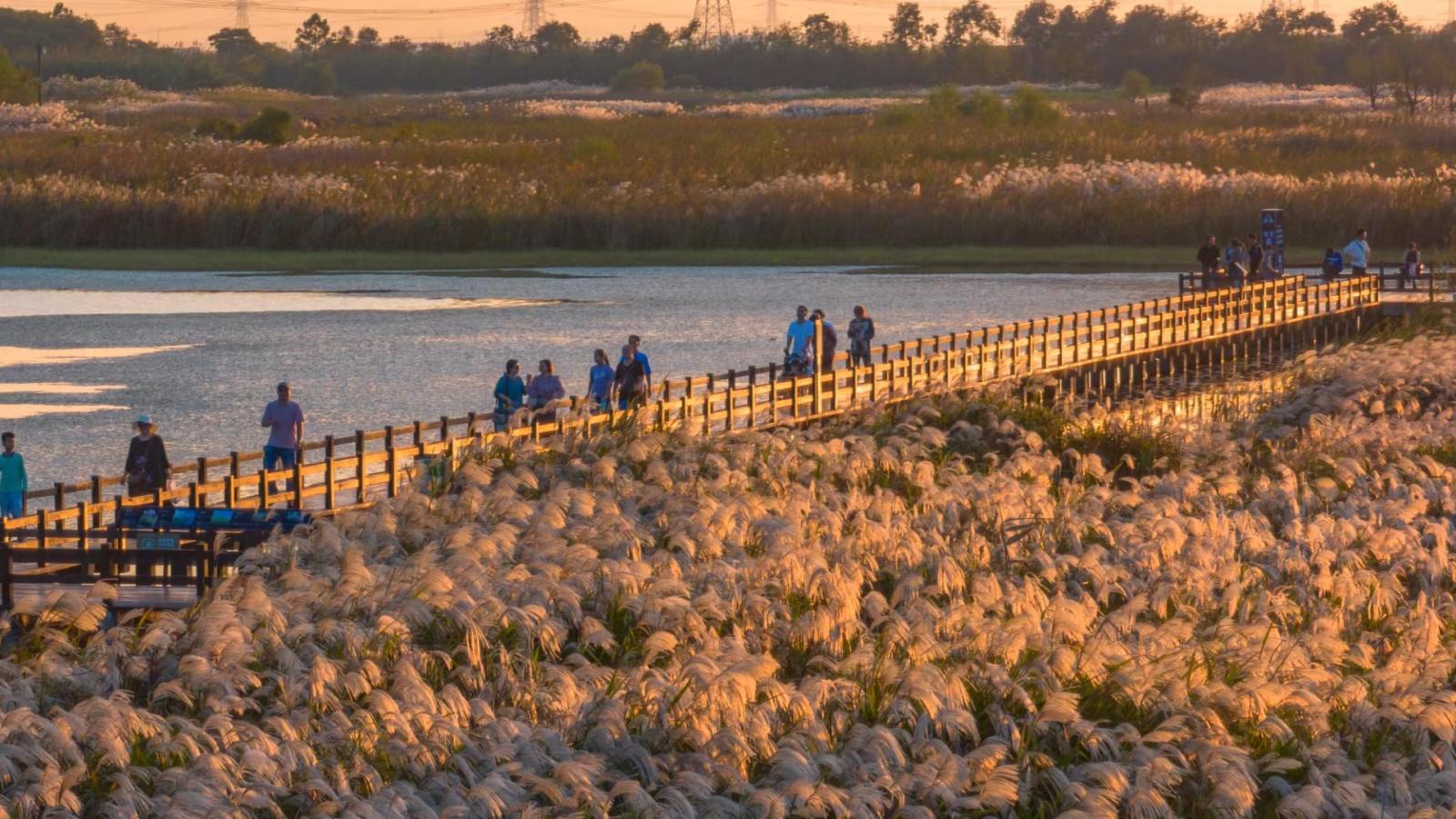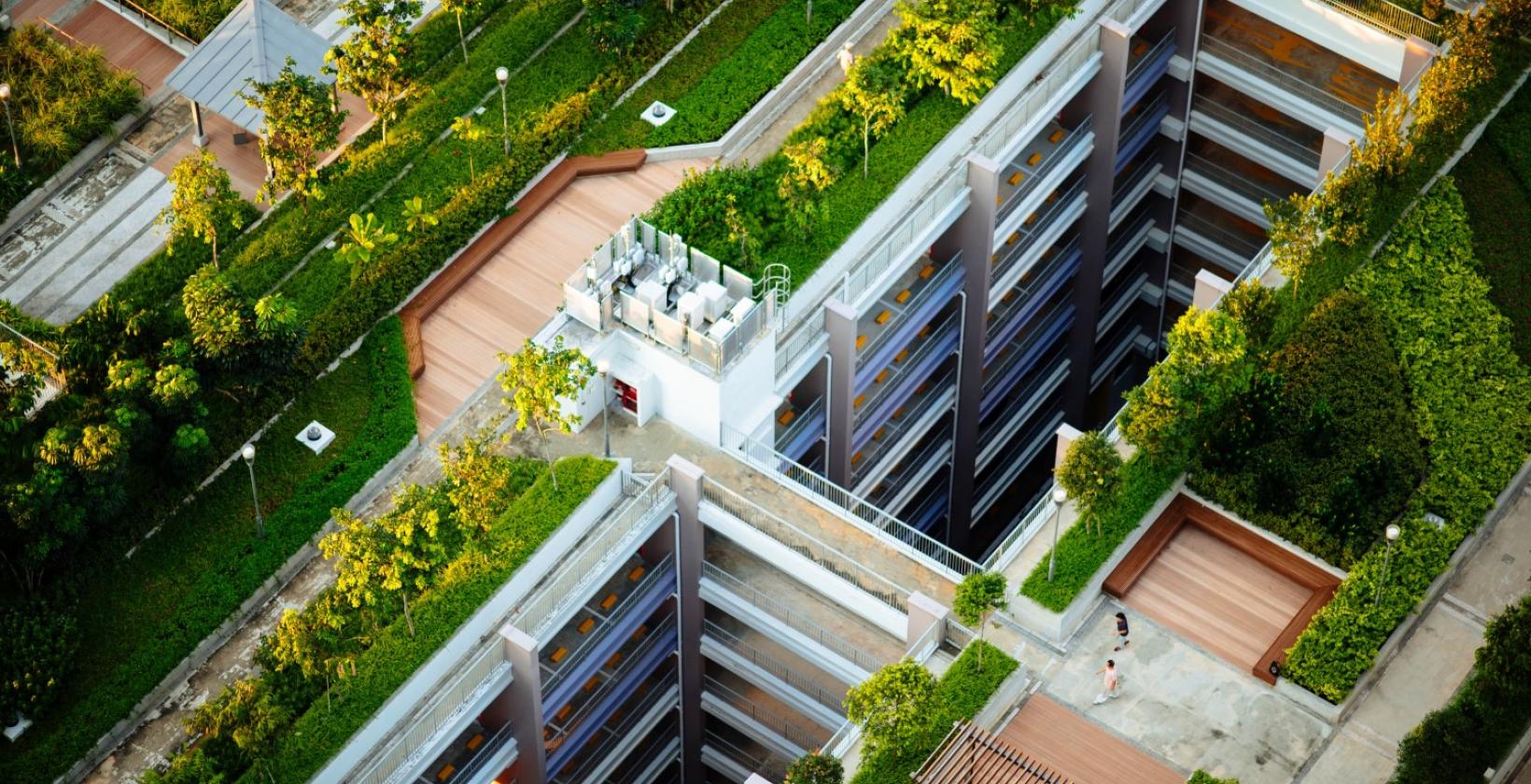City Spotlight
How Ningbo is Paving the Way for Sustainable Development and Tourism
With the revitalization of Hangzhou Bay Wetland Park, Ningbo is proving the value of biodiversity-focused urban development.
Image: Hangzhou Bay Wetland Park
In cites, development and biodiversity are often in conflict. As urban areas expand, they can encroach on natural habitats, degrading and fragmenting them, and compromising life for the species that call them home.
But as awareness of the crisis of biodiversity loss has grown, some cities are proving that cities can actually support—rather than harm—their natural ecosystems.
Ningbo, China is one such city. Nestled against the sea in the eastern part of Zhejiang province, Ningbo’s diverse landscape of mountains, forests, rivers and coastline is home to 2,183 species of wild plants, 546 species of terrestrial wildlife and 1,115 species of marine life.
In 2024, Ningbo launched a comprehensive urban biodiversity effort backed by the GEF, which will expand its efforts to weave undisrupted biodiversity corridors throughout the city and restore ecosystems. "Biodiversity conservation isn't just for natural reserves. It should be part of urban life too," Lu Zichuan, an official of the Ningbo Municipal Bureau of Ecology and Environment, told China Daily.
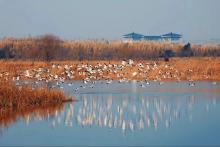
Rather than a departure for Ningbo, this wide-ranging strategic effort builds on the city’s previous work to protect and preserve its natural ecosystems. The city’s work, beginning in 2005, to transform the Hangzhou Bay Wetland into a thriving national park demonstrated to Ningbo that biodiversity efforts can help drive both tourism and further investment. Through its trainings on linking urban sustainability and resilience with tourism, UrbanShift has elevated Hangzhou Bay National Wetland Park as a model for nature-positive tourism globally.
Core to the success of the Hangzhou Bay Wetland revitalization was its prioritization of ecological protection. Within its vast 63.8 kilometers, the park’s management established specific zones for conservation and for tourist activities. The ecological conservation areas serve exclusively as a habitat for birds and fish; the only people who can venture into them are researchers who regularly monitor the ecosystem. The visitor areas of the park, which lies at the northern edge of Ningo’s city limits, have become renowned for bird-watching and scientific education. With its unique location as a stopover point on the East Asia-Australasia migratory flyway, around 1 million migratory birds visit the wetlands to rest annually.
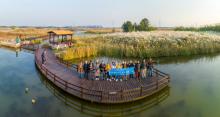
The dual model of conservation and tourism has delivered multiple benefits to Ningbo city and its surrounding ecosystem. The number of recorded bird species in the wetlands has surged from 169 two decades ago to 303 today, while the park draws around 500,000 visitors each year. For residents of Ningbo, the park provides a hub for educational and volunteer opportunities, while strengthening the city’s economy through the influx of tourism. Also of note: The wetlands, which clean and filter the local water supply, have played a role in improving water quality for nearby urban residents. According to the World Bank, nearly 90% percent of the city’s 2.5 million people now have access to high-quality water, in contrast to 23% in 2006.
"This is how we transform ecological resources into tourism resources,” said Wang Guilin, Director of the Ecological Education Department at Zhejiang Hangzhou Bay National Wetland Park. “When our conservation efforts attract tens of thousands of birds and create a spectacular sight for visitors, their praise is the best affirmation of our conservation work."
For Ningbo, the success of the Hangzhou Bay Wetland project demonstrated that when urban nature is valued and managed thoughtfully and scientifically, ecological conservation and economic development can not only coexist but also mutually reinforce each other. This learning has motivated the city to expand its biodiversity conservation efforts and is proving to cities and tourism destinations worldwide how to grow sustainably while preserving and protecting natural resources.
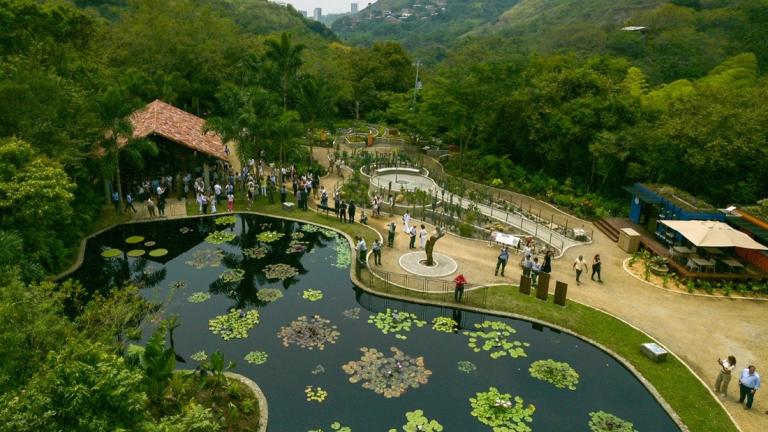
UrbanShift at CBD COP16: From Setbacks to Solutions—How Cities Lead on Biodiversity
Drawing from the experiences of GEF cities, including under UrbanShift, and GenerationRestoration cities, this event focused on how cities are taking transformative action to address their challenges and navigating around roadblocks to change.
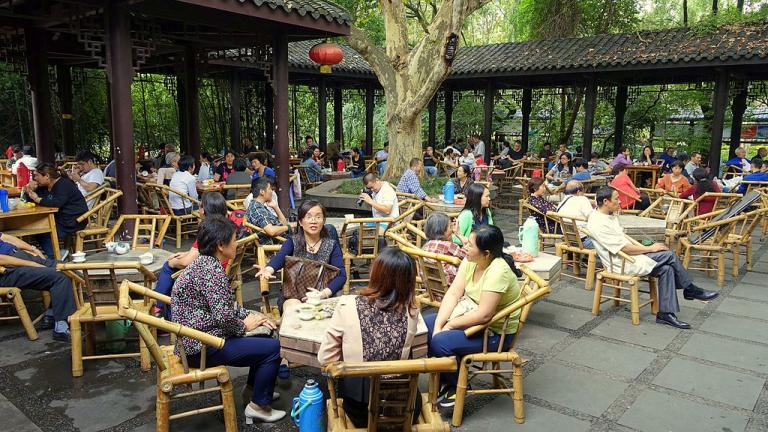
World Bank Approves UrbanShift’s Local Project in China
One of nine GEF-funded country interventions, the UrbanShift China project aims to integrate biodiversity conservation, nature-based solutions and carbon neutrality into the development pathway of three participating cities.

URBANSHIFT MARRAKECH LAB: USING GEOSPATIAL ANALYSIS AND INDICATORS TO PRIORITIZE GREENSPACE EXPANSION AND ENHANCE URBAN BIODIVERSITY
This workshop convened representatives from the cities of Marrakech, Agadir, Beni Mellal, Rabat and Tangier, the national government and other stakeholders to prioritize greenspace expansion and biodiversity conservation in Marrakech.
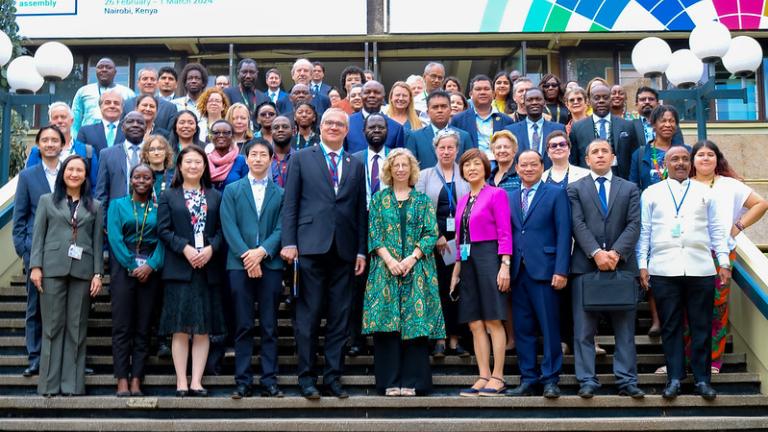
Local Climate Action at the Forefront: How the UNEA-6 Cities & Regions Summit Elevated the Needs and Potential of Subnational Governments
During this Summit, mayors and regional leaders sounded a powerful call for innovation and collaboration to support and finance climate action on the ground.
